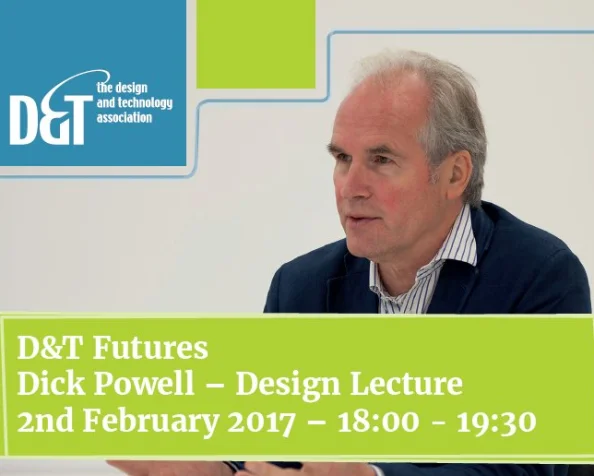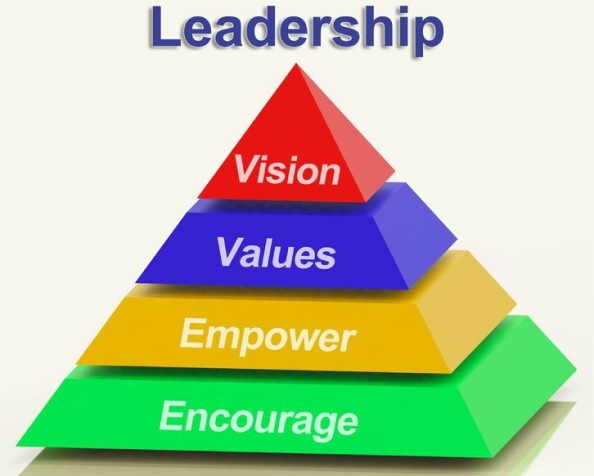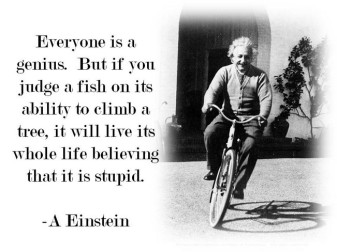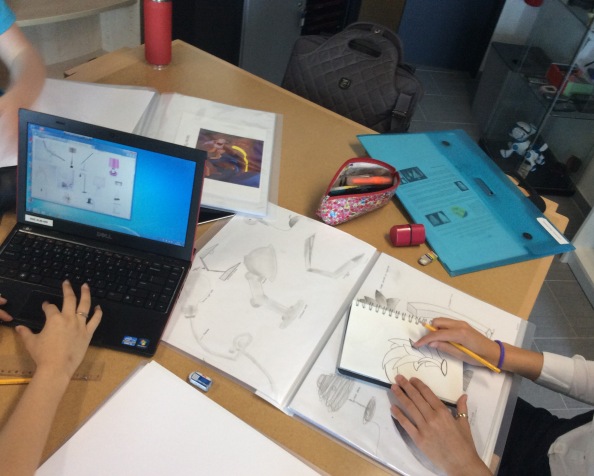A well known on-line resource quotes ‘Design Education‘ as the ‘teaching of theory and application in the design of products, services and environments’
I’ve been away from my blog for a while focusing on Twitter and Pinterest. I’ve become a bit fed up and disappointed with education, sadly. My apologies….
I write this having come out of yet another summer of anxiety and uncertainty waiting for internally marked, but externally moderated, work for students studying design and technology in school. I’ve been in this game for over thirty years and until quite recently loved every second of it. Inspiring and supporting young creative minds to go on and study design at university and beyond (not this digital incarnation of the word – I mean the hands-on sketching, designing and manufacture of products that do, at times, employ or use various technologies as needed) has to be one of the best jobs in the world. Line managing thousands of folk over the years, managing significant budgets, overseeing and directing diverse and challenging projects, managing and leading teams of professionals in support of those students, marketing and branding departments to help facilitate investment and sponsorship…..and so on. Yip, the role of a design and technology professional was a wonderfully challenging and diverse job. But the joy has gone, and it has gone because of variables that, to put it quite simply, are out of my hands. I’ve thought about this long and hard, and the reasons are threefold.
Firstly, when you work with students for a number of years (two years at A-level or Diploma, or more if you include MYP/IGCSE etc.) you get to know them; their personalities, skill sets, weaknesses and strengths….you ‘know’ them well and you mark/grade/support/guide them as best you can and as they need. I expect internally marked grades to be more or less upheld as I believe I understand what is required and know the students – you attend exam provider inset/cpd and go to subject group meetings to ensure you are at least up to date. I also expect some moderation by the exam groups to ensure that my own visions are in line with the exam requirements…so a grade shift (up or down) by a small margin is expected. What I can’t abide, and I’ve experienced this more in the past five years of delivering design and technology, is a significant mark down because an element of the exam guide/rubric has not been clearly identified in the supporting portfolio, so the moderator has just decided that no mark can be awarded or attained EVEN THOUGH the work is very strong in all areas. As a lead moderator/team leader in the past it was my job to guide my team to see this – to see the bigger picture (if genuinely quantifiable) and give the marks based on the evidence clearly portrayed in the portfolio, not just decide that objective C, part ii has not been clearly identified. Common sense has gone out of the window.
Secondly, the subject has become dominated by the role of technology – specifically digital technologies and this is wrong in my book. ICT (Information and Communication Technology) has always been a part of our subject and arguably in the early and mid 1980’s design and technology led the way with CAD, systems and control in schools whilst CS/ICT became the whole school policy of IT departments. The situation has been exasperated by the coining of the term ‘digital design’ in the 1990’s, an American incarnation I believe, which has since clouded what design education is about especially in international circles. So within the MYP and Diploma programmes, for example, we have a mix of understanding and philosophy. In the UK, Australia, much of South East Asia, Design and Technology as a curriculum subject has embraced and used ICT and related technologies in the work students do to support their design ideas. As they use a pencil or pen. In the US and some other countries, it seems that the indoctrination with coding and so called ‘digital design’ has been done at the expense of manufacture and design (drawing, sketching, examining design history and culture, anthropology – arguably the foundation stone of good design). DO NOT MISUNDERSTAND ME, of course these technologies are of value and are needed BUT they cannot stand alone. Good Design and Technology education must include these aspects of systems and control, graphics, food/drink and textiles, manufacture, materials science, business and economics, languages, history, elements of science and maths, Art….so, we need to see this imbalance pulled back into equilibrium; the process of designing, manufacture at a bench, modelling and prototyping in resistant and compliant materials materials, sketching and drawing, reading up on design history, reasearching using other languages/culture (anthropology) MUST involve the use of Digital technologies, coding, CAD/CAM etc. but not be dominated by it. In my opinion of course.
Thirdly, the subject of design (and education as a whole) has lost its way. Sir Ken Robinson is spot on (see my blog entry Ken Robinson – creativity in education a decade on ) and the writings of the great Don Norman (How Design Education Must Change) are big influencers. Education is archaic and based on industrial ideals that go back 100’s of years. Schools have become exam factories and many parents want ‘results’ over education and substance. Many curriculums are antique and still revolve around the idea that algebra, Shakespeare and the dissection of a bulls eye are key to educational prowess and success. I’m not sure where the blame lies. Governments? Subject Associations? Universities? Political think tanks? Naive and inexperienced leaders within curriculum providers and subject reform groups? School Heads or curriculum leaders who fail to see the value of a subject that in their eyes is not seen as academic? Management by walking about, not just pinging emails, and experience based on service at the chalk face not just through theory delivered by a further degree. I don’t know, but suddenly, from a subject of significance in terms of wealth creation on a global scale over a decade ago (certainly in the UK), design (and technology) has suddenly become a second rate area of curriculum study in many, not all, schools. It’s expensive to run, difficult to get skilled staff who have the diverse range of skills required to manage and lead the subject and the new breed of educators are full of this digital technology stuff. Good design does not revolve around a ‘makerspace’ plonked in a library (!) consisting of a 3D printer (a CNC glue gun in effect and a technology that has been around for twenty years….), a bit of CNC kit with a CAD workstation attached and a soldering iron. Madness.
Design and Technology is not about ICT, apprenticeships or simply ‘making stuff’. It’s a significant, and much needed, diverse and challenging subject that drives global wealth creation, nurtures key skills (interpersonal and presentation) and embraces anthropology. It’s complicated, expensive yet thouroughly rewarding for all involved.
But for me, the fire in the belly has subsided. I’m being drawn to other industries that value the skill sets that I have built up over thirty years of delivering Design and Technology around the globe, all starting from a four year B.Ed Hons in the subject. No Masters this or PhD that….just solid delivery and experience. More mastery than any further degree can offer.
It’s sad. I think I’m a good teacher (two national and international nominations/awards support this) and I think I inspire youngsters. I get on well with parents and colleagues, know how to create and steer a vision…but I can’t deal with the nonsense of moderation and the apparent breakdown of my subject by folk in positions of responsibility who simply ‘don’t get it’. I’m also becoming disillusioned by education in schools – direction, curriculum and management. Seemingly, my professional skills in project, facility, budget and staff management, leadership and HR/PR are more valued by folk in other professions than in schools and education. These other professions also pay more for the same, or less, hours. Job satisfaction…? Maybe, maybe not, but until I try, who knows. A no brainier?
I do hope Design and Technology remains in schools. It’s an invaluable subject of application. A vital one. Education will be much poorer without it. Future generations of students, and consequently the world of work, will be poorer without it.
I hope I’m proved wrong.













 For me I’d love to have Design at the core of the curriculum with science, business, humanities, languages, maths and the arts radiating off. The idea that working with your hands (manufacture, creation, enterprise) is the realm of ‘less able’ students is totally unfounded. Bright students can, and do, work with their hands. Art has long been considered the ‘accepted’ manual skill for bright students along with Music. Sadly Drama, Dance and Design have always struggled to gain the same acceptance along with physical education (a tough A-Level in reality).
For me I’d love to have Design at the core of the curriculum with science, business, humanities, languages, maths and the arts radiating off. The idea that working with your hands (manufacture, creation, enterprise) is the realm of ‘less able’ students is totally unfounded. Bright students can, and do, work with their hands. Art has long been considered the ‘accepted’ manual skill for bright students along with Music. Sadly Drama, Dance and Design have always struggled to gain the same acceptance along with physical education (a tough A-Level in reality).

